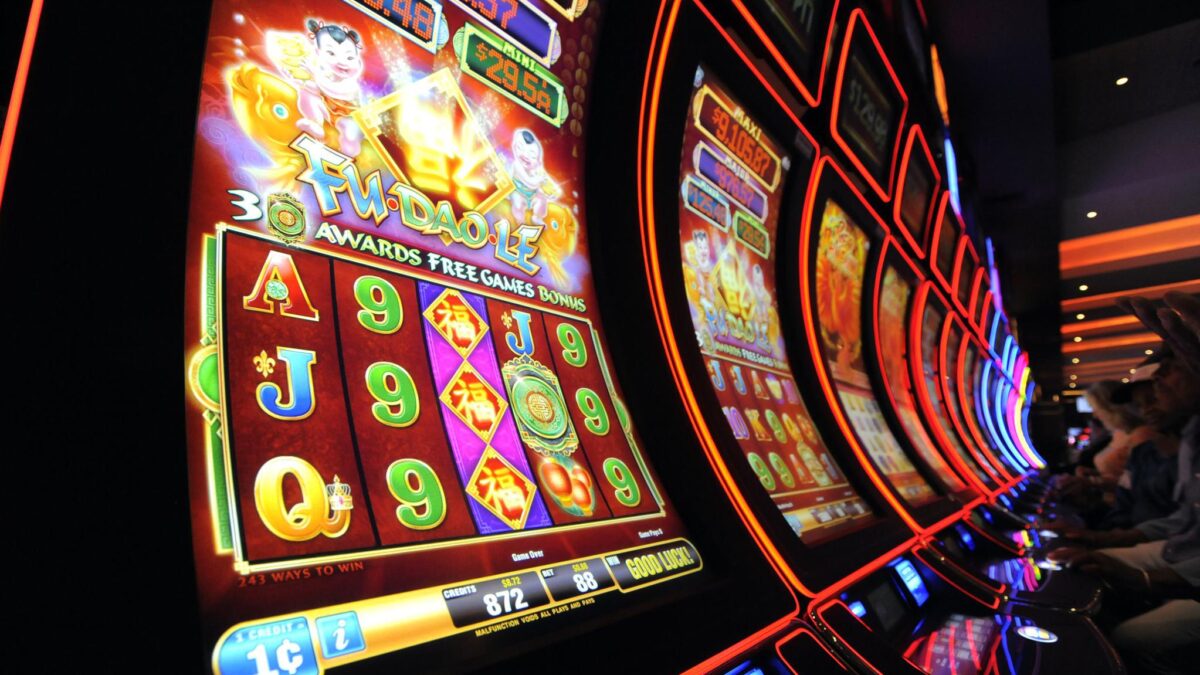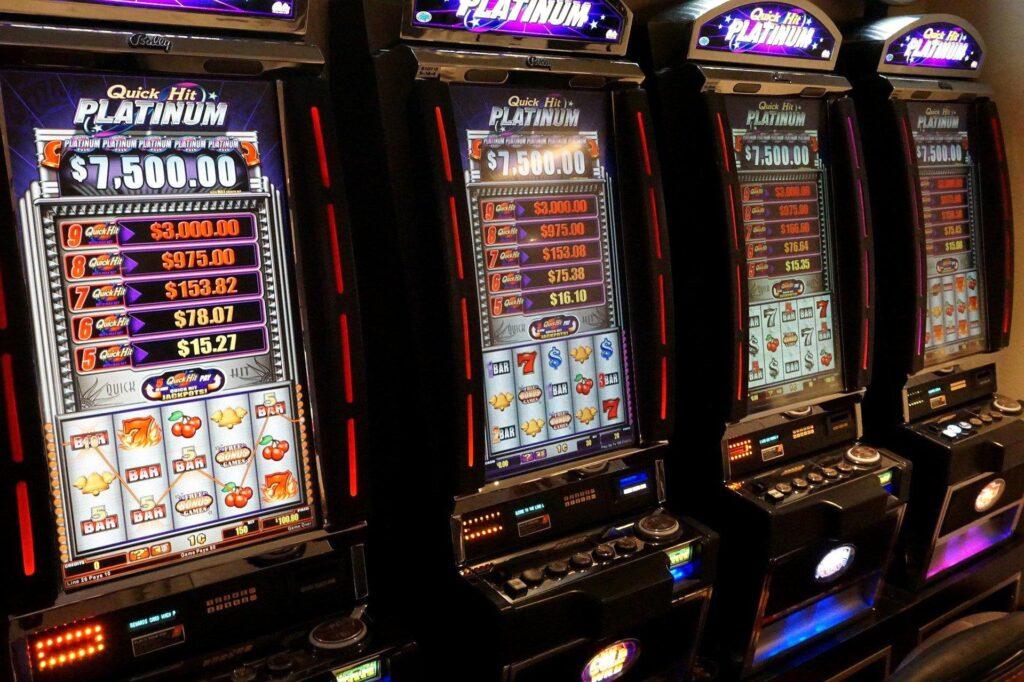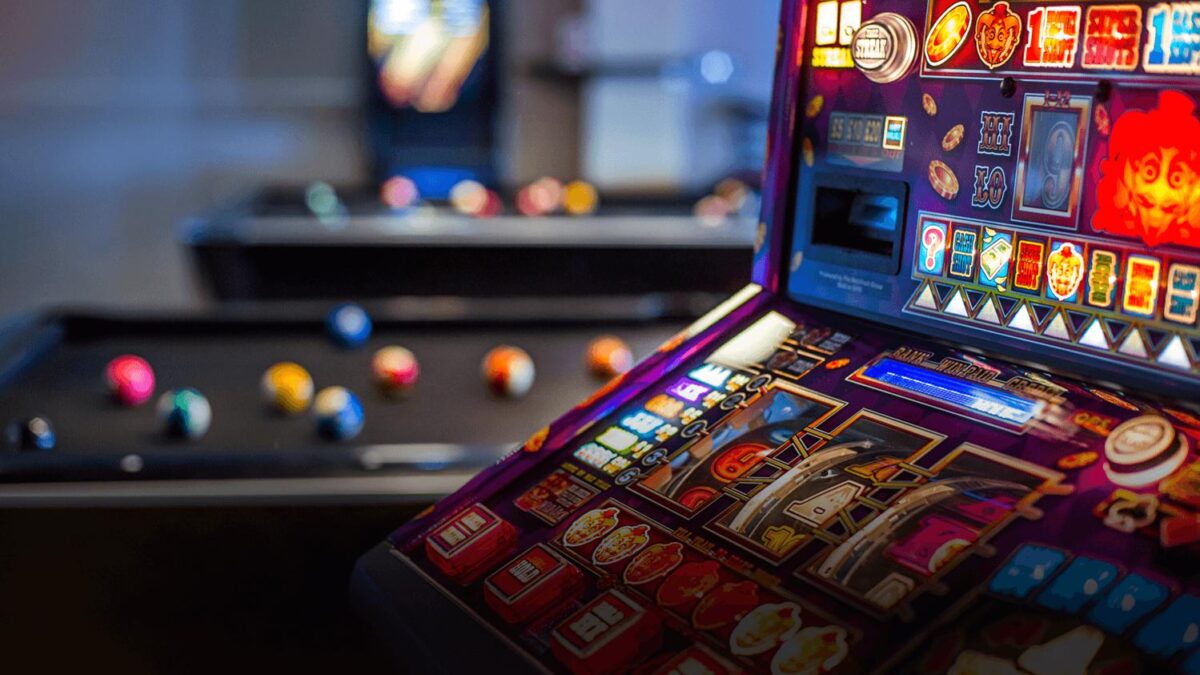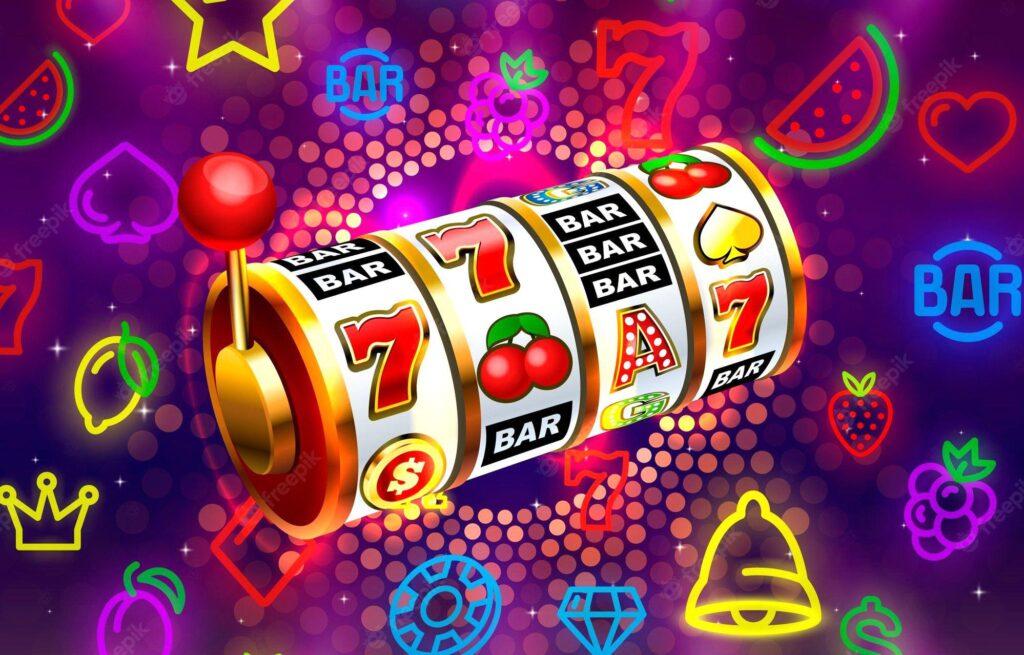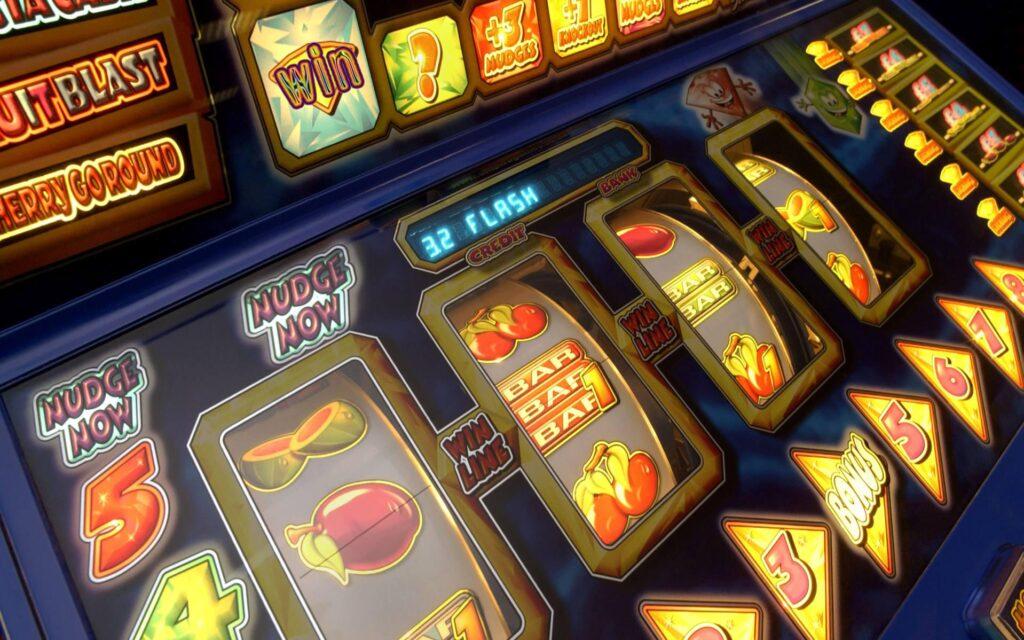
Early Card Games: Exploring the Origins and Spread
Card games are one of the oldest and most popular forms of entertainment in human history. Their origins go back to ancient China, where games using playing cards were already known in the Tang Dynasty (618-907 AD). These early cards were probably derived from Chinese dominoes or served as precursors to modern mahjong tiles.

Distribution in Europe
Card games began to spread throughout Europe in the late 14th century, probably through trade routes or as a result of the Crusades. The first mention of card games in Europe dates back to 1377. Maps of the time were handmade and often decorated with complex designs and images, making them accessible only to the wealthy.
Diversity and evolution
Over time, card games became popular among all segments of the population, which contributed to their development and evolution. Different countries have developed unique sets of cards, such as tarot in Italy, carti in Germany, or Tarokk cards in Eastern Europe. These early maps often reflected cultural, social, and even political aspects of the society of the time.
Impact on culture
Card games have had a significant impact on cultural development. They not only served as entertainment, but also as a means of socialization and as a tool for gambling. Card games have also found their way into art, literature and folklore, becoming an integral part of many cultures.
Innovation and development
With the development of printing in the 15th century, card games became more accessible to the masses. This led to the standardization of cards and the appearance of such familiar suits as hearts, diamonds, clubs and spades. In different countries, these suits were adapted to the local culture, which led to the emergence of regional variations.
5 Most Popular Card Games Today
- Poker: Without a doubt, one of the most famous card games in the world. Poker combines strategy, psychology and bluffing. There are different variations of poker, including Texas Hold’em, Omaha and Stud.
- Blackjack: Also known as “21”, this game is popular both in casinos and at home. The goal of the game is to score with cards as close as possible to 21, without exceeding it.
- Baccarat: Often associated with high stakes and casino elites, this game is based largely on luck. The goal of the game is to score a total of 9 points or as close to that number as possible.
- Bridge: Although bridge is often seen as a game of the mind, it can also be a game of chance, especially in formats where the game is played for money. This is a team game that requires a deep understanding of strategy and cooperation between partners.
- Canasta: Popular in many countries, canasta is a matching game that can be played for money or for fun. It is played using two decks of cards and the main goal is to achieve a certain number of points by collecting cards of the same rank.
These games are popular all over the world and offer varying levels of difficulty and strategy, making them fun for both new and experienced players.
Card games in Asian cultures
Card games also occupied a significant place in Asian cultures. In Japan, for example, unique games such as “Hanafuda” developed, and in India traditional “Ganjifa”. These games had special designs and rules, making them an important part of the cultural heritage of these countries.
Impact on society
Card games were not always viewed positively. In different eras, they have caused concern among the authorities and the church due to their gambling nature and connection with gambling. In some countries they were even temporarily banned. However, card games remained a popular form of entertainment and even became a tool for teaching and enlightenment, such as through educational card games.
Current state
In the modern world, card games continue to be popular. They adapt to new technologies, such as the advent of online games and smartphone applications. There are also many collectible card games, such as Magic: The Gathering or Pokemon, that combine strategy, art and cultural elements.
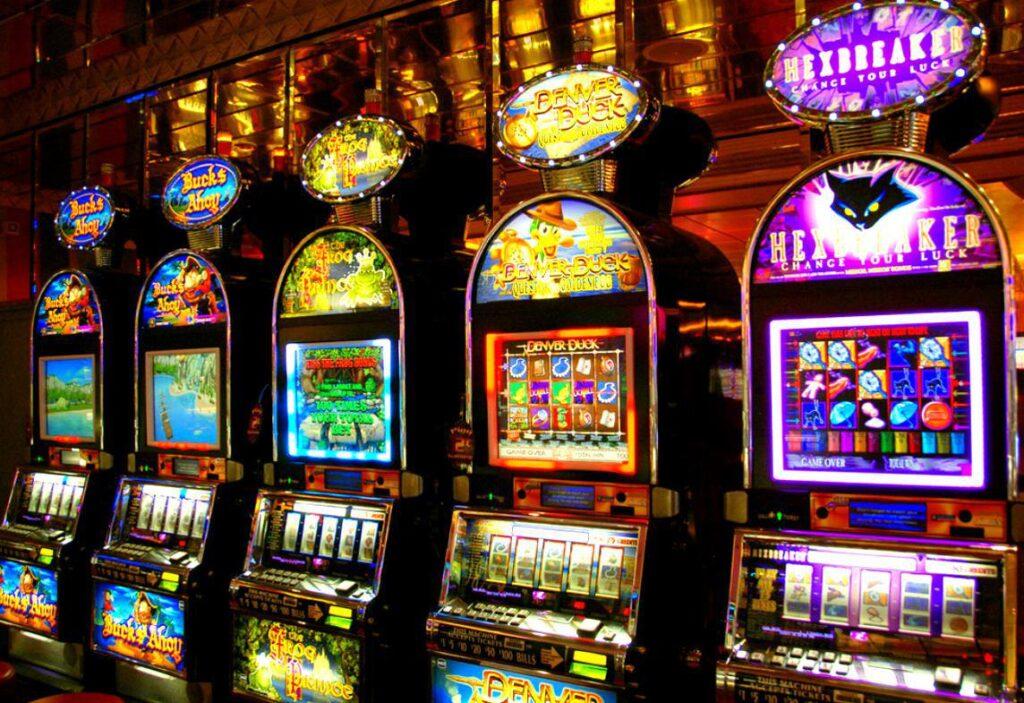
Conclusion
The history of card games is a unique tape intertwining cultures and eras. They not only reflect the history and traditions of various peoples, but also continue to evolve, adapting to changing times and technologies. Card games are not just a form of entertainment, but also an important element of cultural heritage that continues to inspire and unite people around the world.
